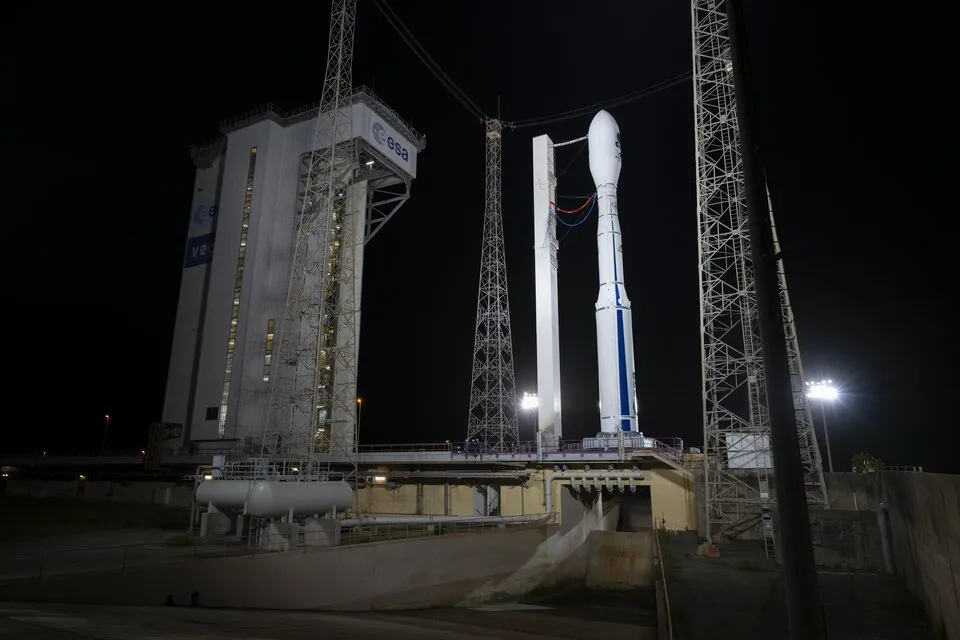
The Flight Ticket Initiative has been created as a collaboration between the ESA and the European Commission. And the three chosen organisations are: the German Aerospace Center (DLR), the French company Grasp, and the Spanish company Persei.
The initiative is meant to both encourage the use of new European launchers and provide a way for European companies and institutions to test new space products and applications.
The space agency writes:
“Testing prototypes in space provides valuable insight for research projects and unlocks the market potential of commercial applications. These types of missions are also called in-orbit demonstration or validation, abbreviated to IOD/IOV, as they are meant to demonstrate or validate hardware, services and satellite payloads in space.”
ESA describes each of the three missions in its Flight Ticket Initiative below. In its own words:
Persei
Persei will get to operate its E.T. Pack mission to demonstrate a solution to deorbit satellites using a kilometre-long aluminium tape that will extend from the satellite. The tape, also called a tether, will generate an electric current as it passes through the plasma and geomagnetic field that surrounds our planet. This will create a force known as Lorentz drag which will slow down and deorbit a satellite. This fuel-free system offers a promising solution to reduce space debris, while keeping the satellite stable and avoiding collisions during deorbiting.
DLR
DLR, will fly its Pluto+ cubesat to demonstrate a high-performance-yet-compact avionic system. Developed at DLR’s Institute of Space Systems in Bremen, Germany, Pluto+ will also test a flexible solar array capable of delivering 100 Watts of power. With this mission, DLR aims to show that advanced components typically used on larger satellites can also thrive on smaller satellites.
Grasp
Grasp is developing an Earth observation constellation. Under the contract signed, their second satellite in the constellation, GapMap-1, will launch on Vega-C. It will carry a new type of instrument, a short-wave infrared spectrometer, designed to detect greenhouse gases in the atmosphere. This satellite follows an earlier demonstrator already in orbit. The constellation takes detailed measurements by scanning the atmosphere with 60 measurements on each pass overhead, providing more accurate data on air pollution and climate change.
The three missions will fly on the Vega-C rocket as auxiliary passengers from the European Spaceport in French Guiana.
Image: ESA – Avio’s Vega-C at the European Spaceport in French Guiana
